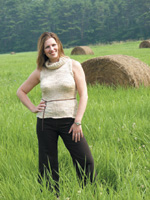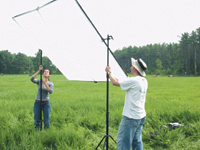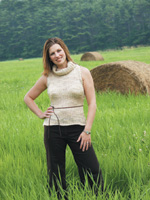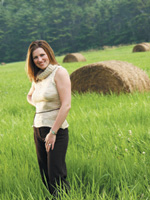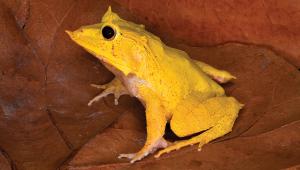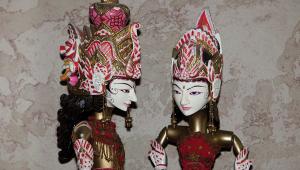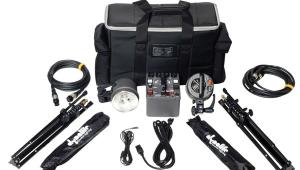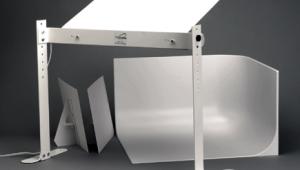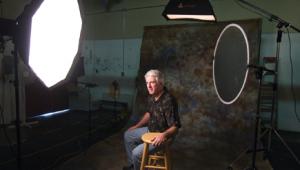Lesson Of The Month
Using LitePanels On Location For Fashion Shots
The lighting in most of the
outdoor model shots you see in catalogs, magazine ads, and even movies
is not always entirely natural. Because sunlight can be very high in
contrast, it can be more of a detriment to the looks of your subject
than an asset. However, if you know a few ways to modify the light of
the sun with diffusers and reflectors, you can reduce the contrast and
create a beautifully natural look for your subjects. The Right Location |
|||
LitePanel #1 |
|||
While Ana made sure the LitePanel
diffused Paige from head to toe, I slowed the shutter speed to 1/320 sec
to accommodate for a slightly lower light level. Once everything was in
position, I took another shot (#3). |
|||
LitePanel #2 |
|||
Finally, I wanted to add a third LitePanel to brighten up the right side of Paige's face, but first we needed to secure the second LitePanel into position. Ana took another Main & T Clamp and attached it to the collar of a LiteStand, and then attached the other end of the clamp to the top bar of the LitePanel. She then adjusted the height of the LiteStand to make sure the reflective angle was right and then went to set up the third LitePanel frame (#5). |
|||
LitePanel #3 Technical Equipment If you would like to continue your digital step by step education lessons on editing, printing, and e-mailing your photos it will be on the private section of the Web Photo School. To enroll for WPS just go to www.shutterbug.net and click on WPS Free Lessons. |
